
These days more than ever, with theatre dark all over the world, "The Fabulous Invalid" as Broadway has been called over the years, is in grave danger of extinction. No one knows what the world will be like when we go back inside these beautiful venues that house the creativity that make live theatre like nothing else in this world. Here's a tribute to those sacred houses.
With all of Broadway shut down, as well as London's West End and so many stages across the U.S. and the world, the loss of theatre has been at the top of my list of things I miss the most as we grapple with the lingering effects of Covid-19.
My love for theatre is infinite and so is my love for theatres. Meaning that architecturally speaking, I am always in awe of stepping into a theatre, especially ones built more than a hundred years ago. When it comes to Broadway specifically, all its forty-one theatres mean something to me. They each give off a majestical aura that makes every one of them completely individual. Whether I’m seated in the audience, or standing on the stage, their uniqueness, and of course, their histories, fascinate me.

It’s been a pleasure over the last thirty years or so to witness the restorations that have taken place among practically every Broadway house. Some have been so extensive, entire books have been written about them. What the Walt Disney Company did to refurbish and reclaim the New Amsterdam Theatre would have been worthy of a special Tony Award if they had taken it into consideration (who knows? maybe they did?). Having first opened in 1903, at the time of its reopening in 1997 with The Lion King, the New Amsterdam's last serious tenant had been in 1936! It was a miracle that after decades of abandonment, the New Amsterdam was back. Then twenty years later, the Hudson Theatre reclaimed its status with a multi-million dollar renovation, reopening in 2017 with a revival of Sunday in the Park with George. It too was built in 1903, the same year as the New Amsterdam.

In 1994, prior to the New Amsterdam’s massive re-do, actor-director Andre Gregory filmed his Vanya on 42nd Street in the theatre when it resembled nothing less than a horror show: a dilapidated rat-hole. It’s worth a look at the DVD of the film to see what wonders were achieved when the theatre reopened three years later. There is also a book that chronicles the entire process of the renovation. It is no longer in print, but if you can find a copy of it, you’ll adore the story and the photographs behind it all.

One of the most extraordinary transformations for me, was when I entered the Eugene O’Neill Theatre for the first time in a number of years to see Brian Dennehy as Willy Loman in the 2003 revival of Death of a Salesman. The O’Neill had been owned by the playwright Neil Simon during my theatre going heyday back in the 1970s, and many of his plays premiered there. It wasn’t exactly a hospitable home to comedy, as it it was a dark, dismal place. Everything had been painted black and when the restoration was completed who knew that underneath all that paint were beautiful sconces and precious artwork? Hats off to the Jujamcyn Organization for tending to it with such care to bring it forcefully back to life.

People ask me if I have a favorite, and that's a hard one, because inevitably the choice would seemingly be tied to shows I saw that heightened the experience. But there is one that I don't have an affection for due to a show I saw there—and that's the Belasco on West 44th Street. Ironically, it’s one at which I’ve possibly seen the fewest shows. During my teenage years, between 1969 and 1973 (the four-year period when I saw everything that came to Broadway), the Belasco only had two tenants—neither of which I was allowed to see. One was Oh! Calcutta!, famous for its full-frontal nudity and the other, just prior to that engagement, were two one-act plays on a double-bill—Grin and Bare It and Postcards (yes, that was its title). It too had full-fontal nudity. Believe me, I tried to get into both of them, but was turned away at the box office. Thirteen and fourteen-year-old kids were not welcomed for some reason.
I didn’t step foot in the Belasco until 1977, when while in college I saw the original production of David Mamet’s American Buffalo starring Robert Duvall. With my first visit to the Belasco, it completed my long-term goal to see a show in every Broadway theatre as it was the last one on my bucket list. I wasn’t impressed. Due to its location east of Broadway (one of only five theatres out of forty-one inching up towards Sixth Avenue), it was always considered an undesirable location and the theatre had fallen on hard times. But the traffic jam created over the last twenty years due to shows that sit in one theatre for a thirty years like Phantom of the Opera, wound up leaving producers no choice but to find homes that may not have been their first choices. Since 1997, when the British import of Henrik Ibsen’s A Doll’s House, broke new ground with a brilliant re-interpretation of what is considered the earliest of modern dramas, the Belasco’s “curse” was lifted. Hedwig and the Angry Inch, which brought Neil Patrick Harris a well-deserved Tony Award, was another bona fide hit for the theatre.
Even if I came late to the Belasco, the theatre has given me some rich and rewarding experiences. Mark Rylance’s Twelfth Night and Richard III in rep was a revelation, as well as a 2007 revival of the British drama Journey’s End, by R. C. Sherriff, one of the most riveting dramas I have ever seen. These productions were aided immeasurably by the $14.5 million dollar renovation in 2009 that the Shubert Organization bestowed upon this jewel of a theatre, first built in 1907.

When my children were old enough to begin going to the theatre, I was always careful to point out everything about the experience beside what was on stage. The architecture and design of every theatre we visited were primary points of discussion. Attending the theatre when young can be such an overwhelming kinetic experience with so much to take in that I felt it imperative to break things down for my kids: What do these frescos represent? Why are there angels on the ceiling? I cherished these Q & A’s with my children, which continue to this day.
The next time you’re in a theatre (which hopefully won't be much longer), look around … and look up. And drink in the wonders of these gems that due to preservationists (bless them) and their perseverance and foresight, will keep these houses with us for generations to come.
If you enjoy these columns, check out Up in the Cheap Seats: A Historical Memoir of Broadway, available at Amazon.com in hardcover, softcover and e-book. Also sign up to follow me here, and feel free to email me with comments or questions at Ron@ronfassler.org.

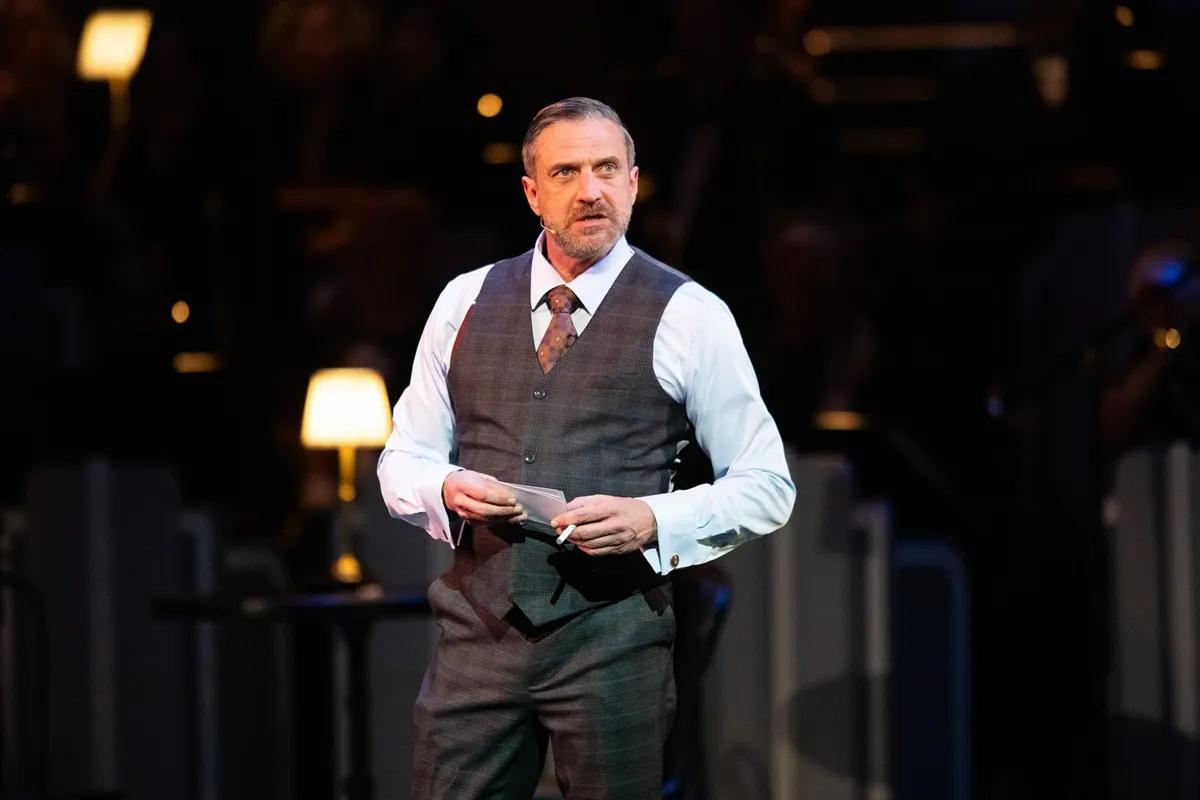
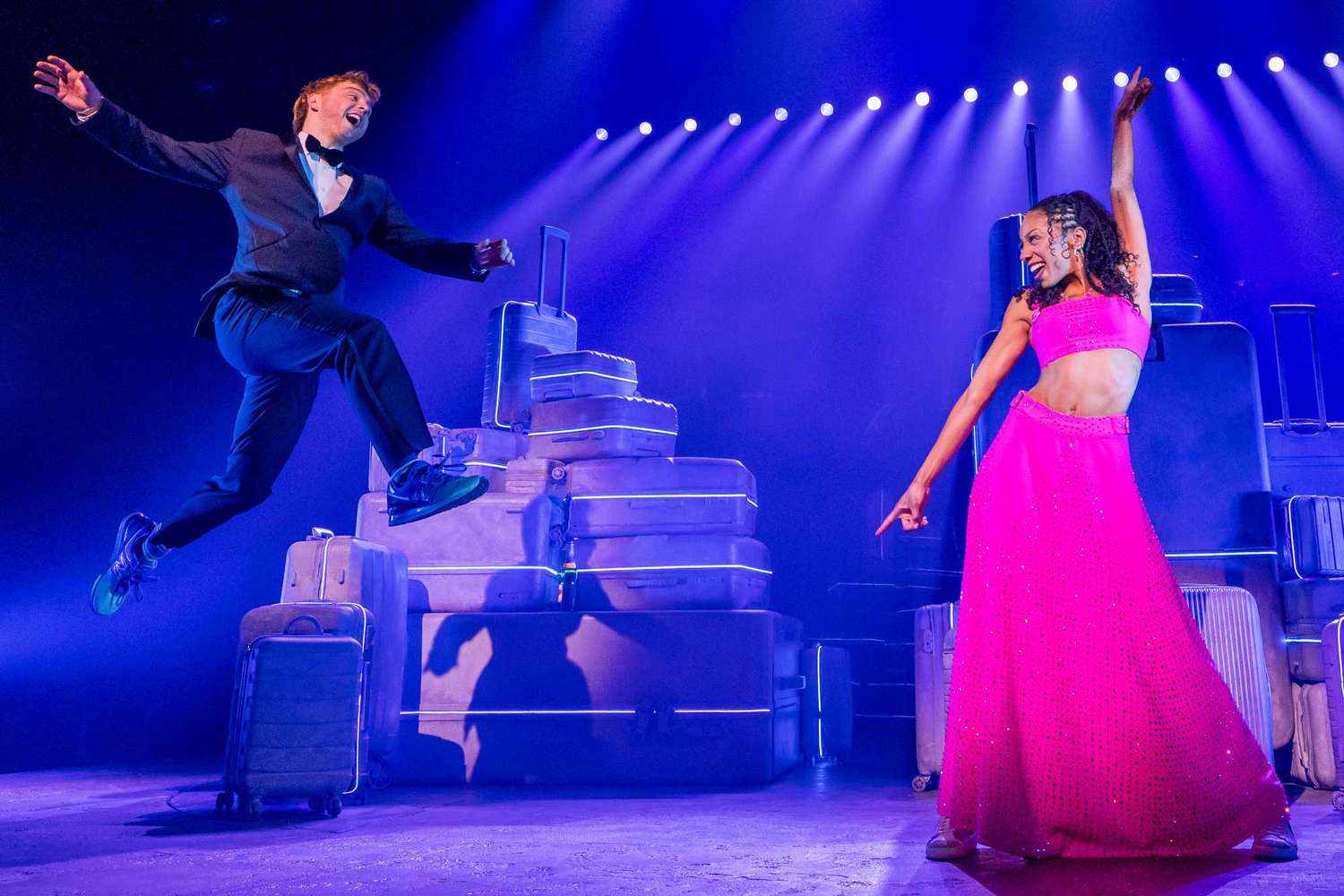
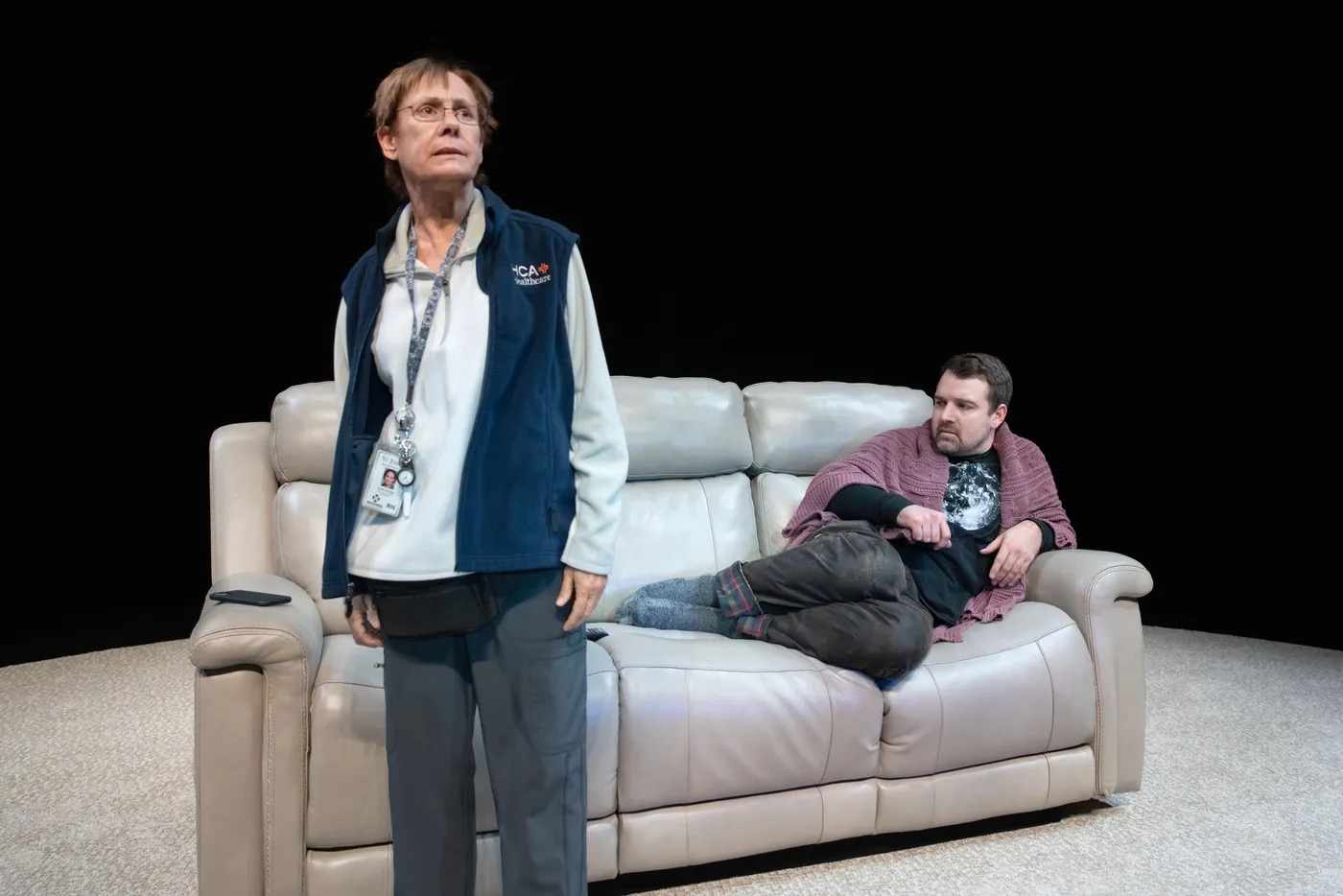


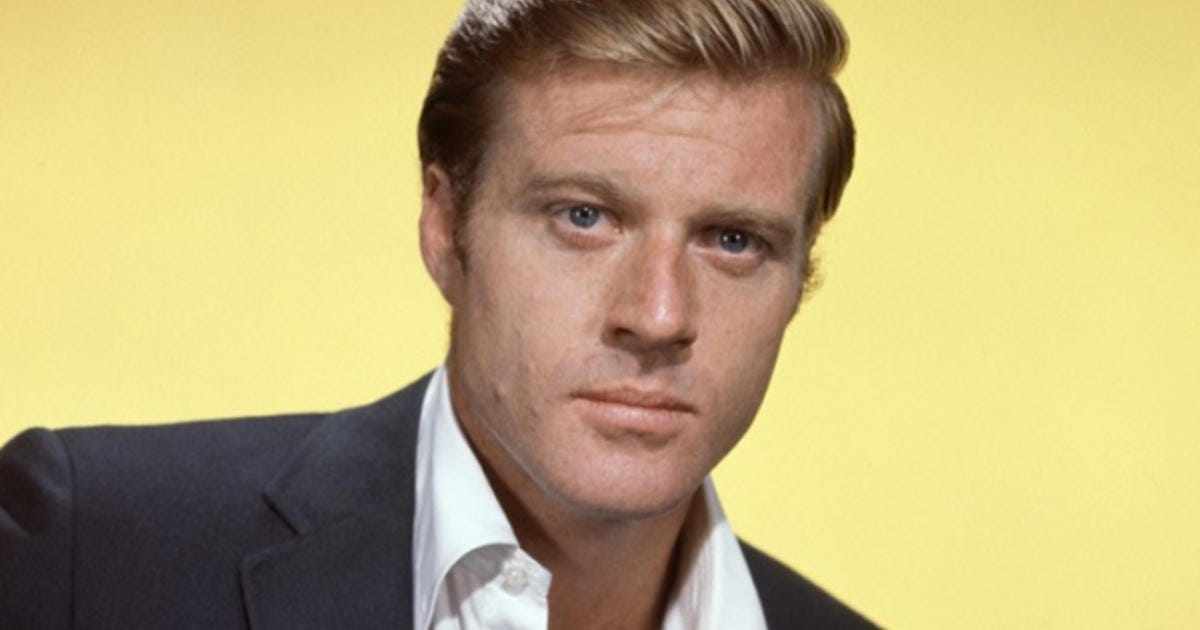
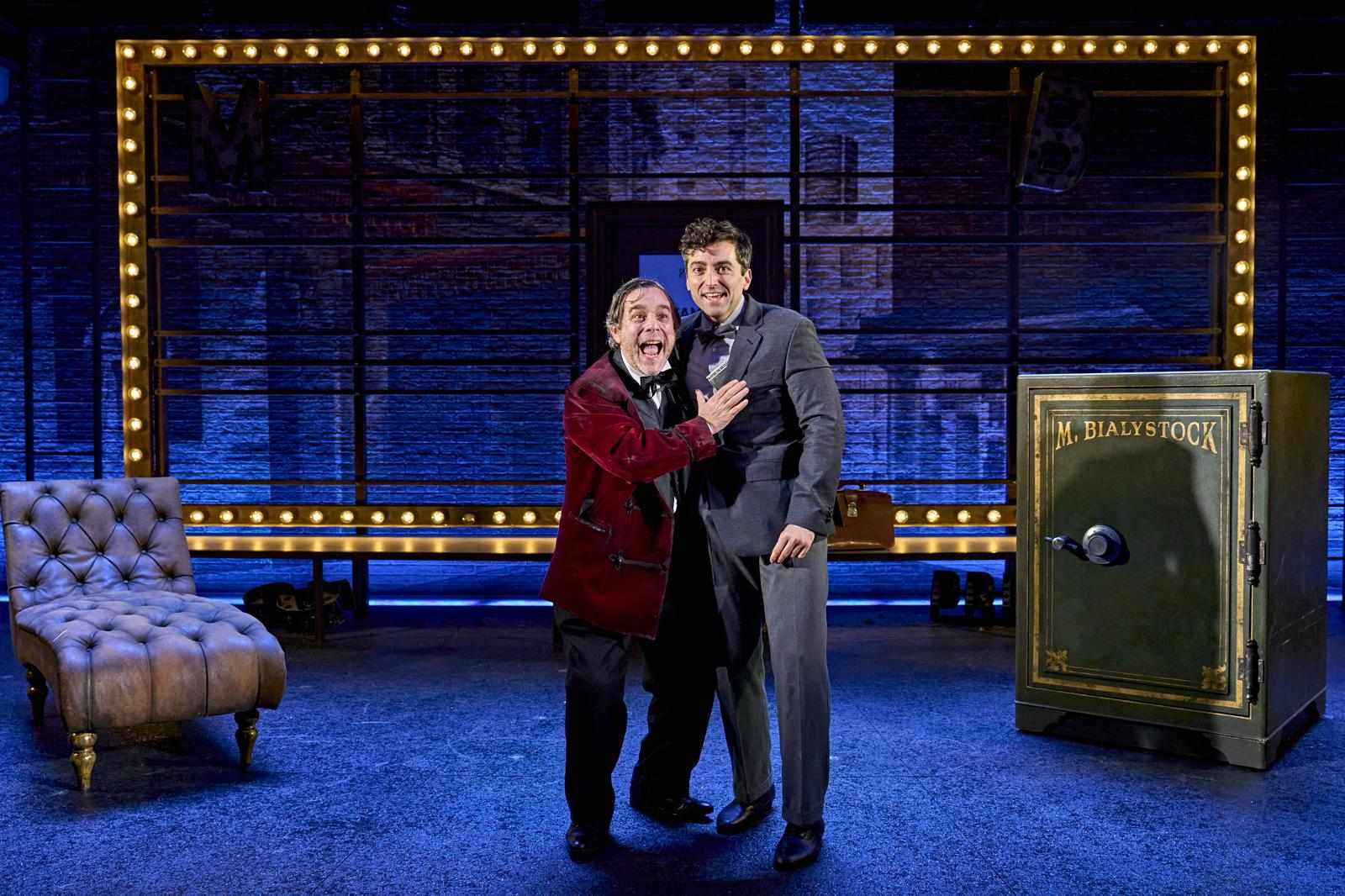
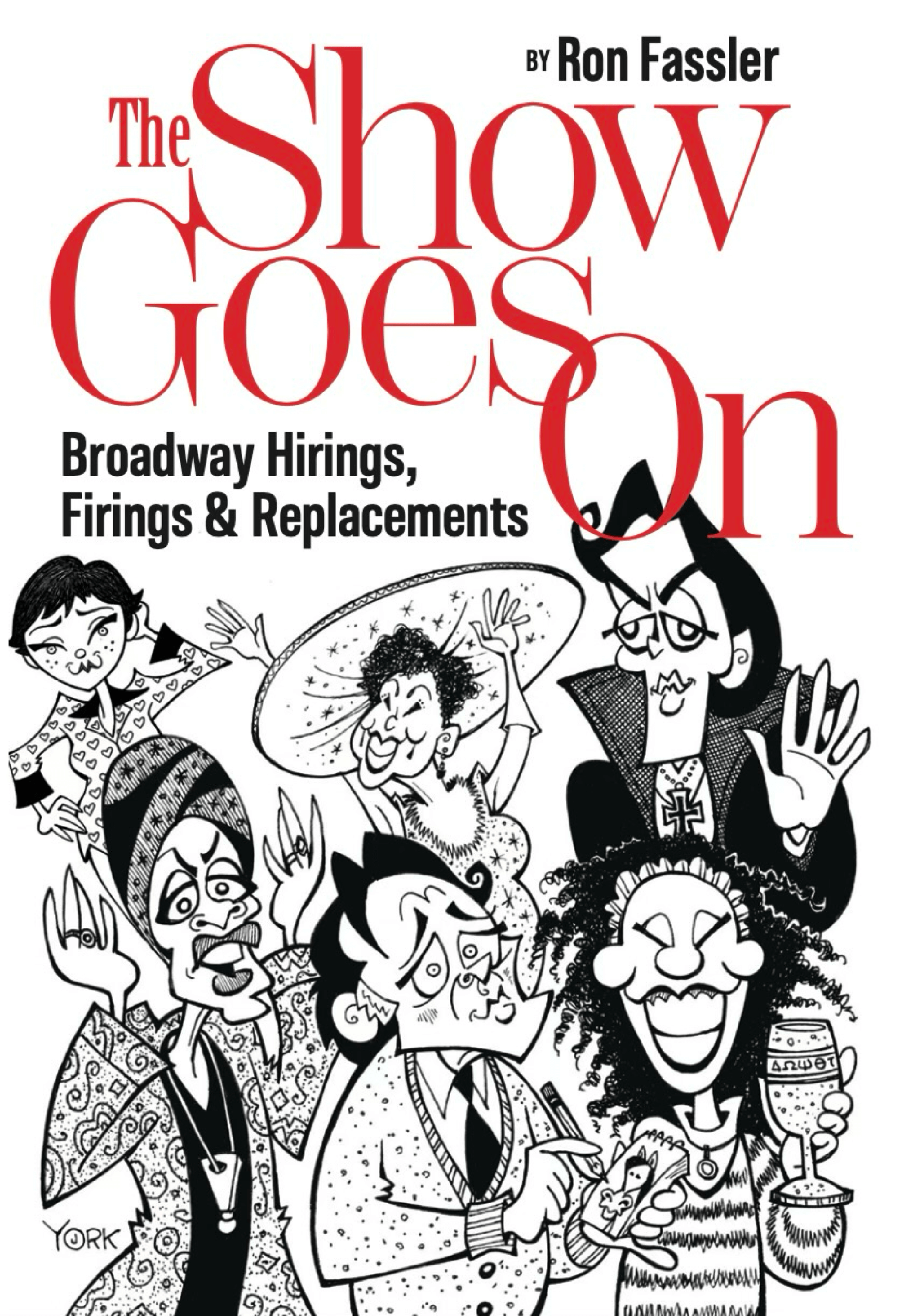

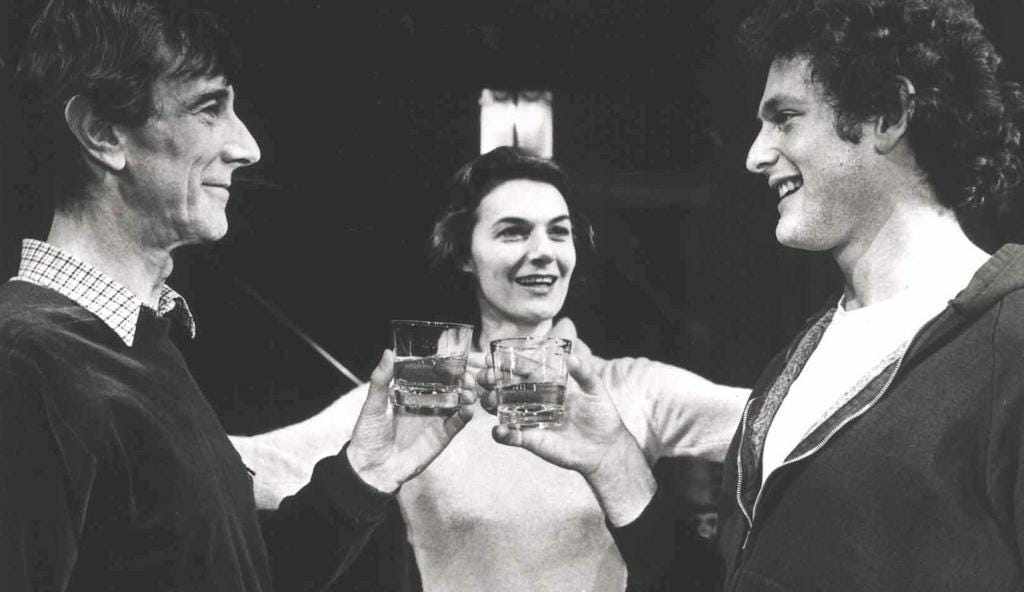










Write a comment ...